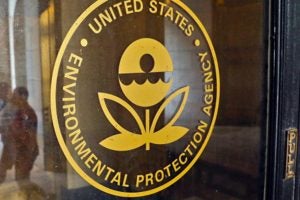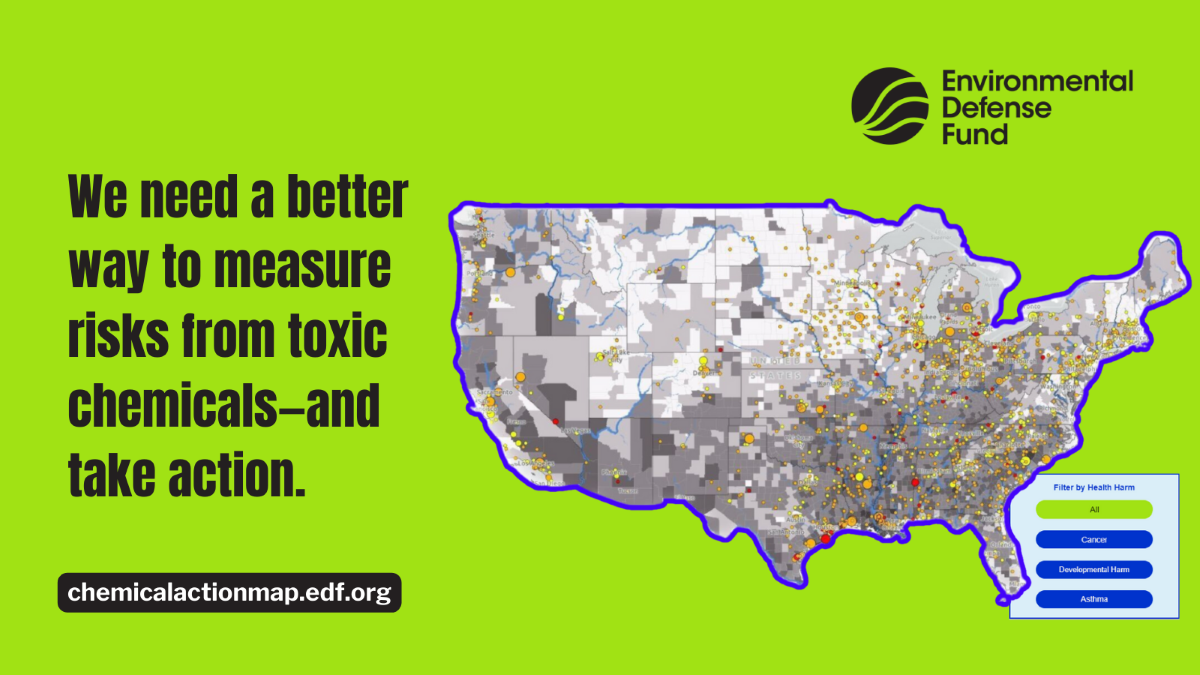
Companies are not withdrawing PFAS exemptions on their own; EPA should
Samantha Liskow, Lead Counsel, Healthy Communities; and Lauren Ellis, Research Analyst, Environmental Health
EPA has committed to address the urgent issues presented by PFAS, a harmful class of human-made chemicals that are used widely in everyday products. Last July, as part of this effort, EPA called on companies to voluntarily withdraw some 600 PFAS that were previously allowed onto the market through a fast-track exemption process known as a “low volume exemption” (LVE).
Nearly a year later, however, less than 3% of these low volume per- and polyfluoroalkyl substances (PFAS) have been pulled from the market. That means manufacturers in the U.S. could still be making PFAS that never went through a full safety review – possibly millions of pounds each year.
Typically, under the nation’s major chemical safety law – the Toxic Substances Control Act – companies must submit a “premanufacture notice” to EPA for review and approval before introducing a new chemical into commerce. But through the low volume exemption, companies have frequently foregone that process for chemicals they plan to make less than 10,000 kilograms (about 11 tons) of per year. Unlike in the normal new chemical review process, EPA has only 30 days to decide whether a chemical poses risks and if the company should be allowed to manufacture the chemical.
The agency recognizes that the LVE exemption process is problematic when used for PFAS. After all, this class of chemicals can persist for an extremely long time in the environment, earning the moniker “forever chemicals,” and many have been shown to build up in our bodies and in the plants and animals we eat.
Last year, the agency said it likely would not continue to allow new PFAS onto the market in this way. While this announcement was an important step in the right direction, EPA’s data suggest some PFAS may have since been approved through the LVE exemption process. (The reason we can’t be sure is that the public is often provided broadly generic chemical names that do not allow us to confirm whether they belong to the PFAS class.)
But even if the tap on new PFAS LVEs has been turned off, a giant problem remains: the more than 600 previously-granted low-volume PFAS, which companies may continue to make and unleash into US commerce and eventually likely into our environment as well. The LVE program allows for the production of about 10,000 kg (a little more than 22,000 pounds) per year for each exempted chemical, though EPA can set a lower limit. If all LVEs were used to produce the maximum amount, that would mean that over 10 million pounds of PFAS exempted from a full safety review could be manufactured each year in this country.
The public, however, often does not know what the actual production levels are due to the opaqueness of the LVE program. This leaves the public in the dark as to true amount of PFAS that enter the market – and potentially the environment – each year. What we do know is that even a small portion of these forever chemicals entering our waterways, farmlands, and air is enough to be harmful for years to come.
EPA has authority to act
You are probably ready at this point for some good news. Indeed, there is one hopeful fact about PFAS exemptions: EPA has the authority to revoke them. The agency can do this if, for example, it decides a chemical may cause serious human health or significant environmental effects. PFAS chemicals clearly meet this bill, as EPA itself has acknowledged. Unfortunately, EPA has yet to revoke a single PFAS LVE.
Instead, building on an earlier effort, last summer the agency announced a “PFAS LVE Stewardship Program” that was meant to get companies to “cooperatively” (voluntarily) withdraw all previously granted PFAS LVEs. Unfortunately, the program gives companies no reason to withdraw their PFAS LVEs – EPA imposes no consequence for not withdrawing the exemptions. Predictably, then, companies have held on to their EPA approvals: eleven months after the launch of this voluntary program, companies have withdrawn less than 3% of their low-volume exemptions to manufacture PFAS.
Luckily, EPA does not have to wait around for years to see if the companies holding the rest of the PFAS LVEs will get around to voluntarily giving them up. As we explained, EPA can and should revoke the other 97% of the approvals now, and in fact must do so, for those chemicals that the agency determines are members of the PFAS class of chemicals and thus may cause serious health or environmental effects. Companies that want to continue manufacturing their PFAS could then go through the regular new chemical review process. Although we believe that it would be a mistake for EPA to approve any new PFAS to enter commerce through any review process, the public and the environment are entitled, at the very least, to a full safety review of any PFAS companies propose to make and profit from.
The Biden EPA has told the public that it wants to “turn the tide” on the PFAS problem, unveiling a multi-part strategy meant to protect us from harm. A key step they must take as part of this strategy is to subject these PFAS to rigorous review, and to do so immediately.












